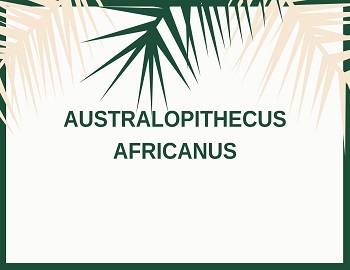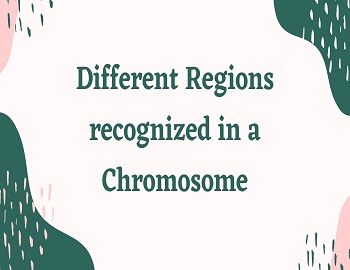Australopithecus Africanus:
A scholar named Raymond Dart discovered a child skull from the place Taungs in Rhodesia (Africa) in 1924. It belonged to the Lower Pleistocene period. This skull belonged to such an animal which was ape but resembled with man to a great extent. This animal was named as African Ape or Australopithecus Africanus. The skull contained twenty milk teeth and four permanent first molars in good condition.
The chief characteristics of Australopithecus Africanus are as follows-
- The size of the cranium and facial portion closely resembles that of the chimpanzee. The head is dolichocephalic.
- Seen in profile the face is concave as in the orang.
- Circular eye orbits resembles with Orangutan and Lemurs.
- The nasal aperture was small and equal in length and breadth.
- The flat nasal bones resemble that of the chimpanzee.
- There is no ridge to separate the floor of the nose from the upper jaw- a simian character.
- Jaws showed prognathism.
- Teeth were fixed like a man.
- The molar teeth are very large but quite humanoid.
- The canines teeth are small and their crowns are in the same level along with that of the other teeth.
- The incisors are small in size and almost vertical in position, while in apes it is sloped.
- A diastema is present in the upper jaw between the lateral incisor and the canine.
- The palate was oval in shape.
- The lower jaw was solid and thick like a man.
- Chin was absent.
- Foramen magnum was located forwardly in comparison to apes.
- Its head was more balanced than apes.
- The cranial capacity was 520 c.c.
- Its head was bigger than a chimpanzee and resembled with man.







![Tissues [Plant and Animal Tissues] 8 tissues](https://gkscientist.com/wp-content/uploads/2020/07/plant-and-animal-tissues.jpg)

Comments (No)